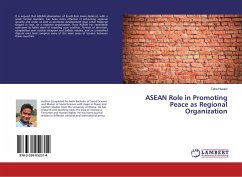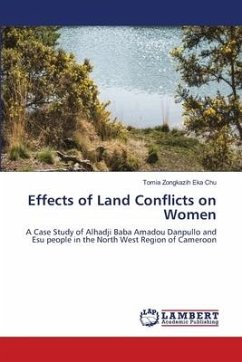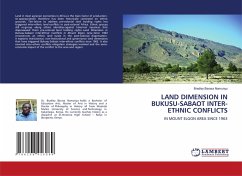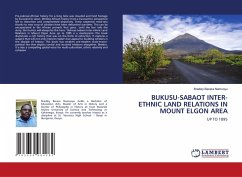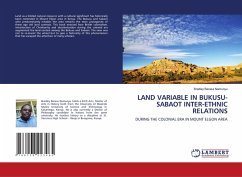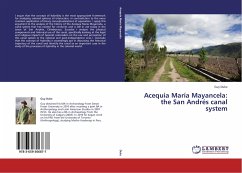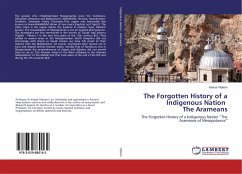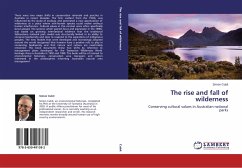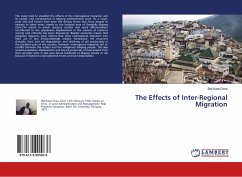
The Effects of Inter-Regional Migration
Versandkostenfrei!
Versandfertig in 6-10 Tagen
27,99 €
inkl. MwSt.

PAYBACK Punkte
14 °P sammeln!
The study tried to establish the effects of the interregional migration and its causes, and consequence in Majang administrative zone. As a result, push and pull factors have been the driving forces that force people to migrate to other areas, mainly to the lowland area of Gambella Majang Zone.The extent in which resource conflict and social differentiation contributed to the population displacement in the context of resource scarcity and ethnicity has been discovered. Besides economic reason that attracted migrants, push factors that drive interregional migration into MAZ are in fact environm...
The study tried to establish the effects of the interregional migration and its causes, and consequence in Majang administrative zone. As a result, push and pull factors have been the driving forces that force people to migrate to other areas, mainly to the lowland area of Gambella Majang Zone.The extent in which resource conflict and social differentiation contributed to the population displacement in the context of resource scarcity and ethnicity has been discovered. Besides economic reason that attracted migrants, push factors that drive interregional migration into MAZ are in fact environmentally related. Particularly, the recurrent drought, land, and soil degradation, and declining of soil productivity in the northern part of the country. However, interregional migration led to conflict between the settlers and the indigenous Majang people. This also caused population displacement and loss of properties of local people from their ancestor land. It also puts future livelihoodof Majang people at risk because it fostered unprecedented forest and land degradation.



